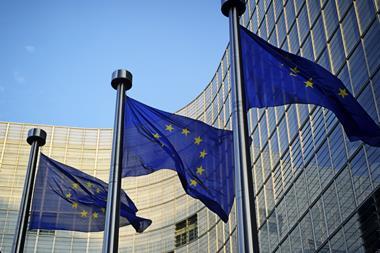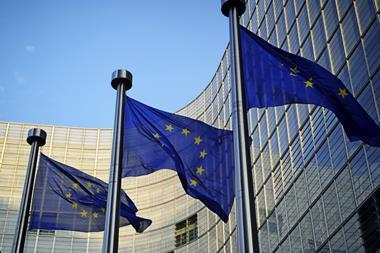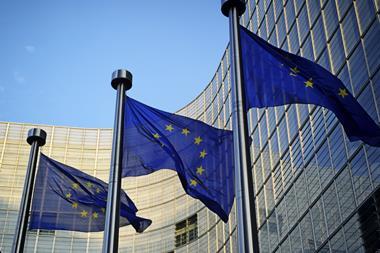AEIP director Francesco Briganti sets out his views on the rules for first and second-pillar pension systems
In the article entitled ‘AEIP: Dutch pension funds could ask Brussels for first-pillar status’, published on IPE on 14 November, there was some confusion over the rules applicable to pension institutions, in particular Dutch pension funds.
The article, based on a response given during my intervention at the World Pensions Summit held in The Hague, might give the impression that first-pillar pension rules are preferable to those of the second pillar. This is not the case, and it is worth clarifying further.
First-pillar pension rules in the EU, grounded in the Regulation 883/04 on the coordination of social security systems, aim to guarantee the mobility of workers across the EU, requiring member states to coordinate their social security systems. In brief, this means different member states recognise the contributory period spent in other member states when an EU citizen retires in their territory.
This regulation does not involve or even touch upon the way a pension system is designed, whether it should be PAYG, funded or mixed, and it does not provide for a specific level of safety – i.e. solvency rules. Member states are free to design their own rules.
Second-pillar pensions rules for the EU fall under the so-called ‘internal market’ competence of the European Union. This means second-pillar pension institutions are regulated by EU legislation – i.e. the IORP Directive or Solvency II, the Directive on the acquisition and preservation of supplementary pension rights, etc. The objective, rationale and design of such legislation have a different purpose than the one designed for the first pillar. The original IORP Directive, for instance, aimed to introduce the prudent principle for IORPs across the EU. It introduced the possibility for IORPs to establish cross-border activities, etc.
In brief, the pros and cons of rules applicable to privately managed funded pension schemes are to be either subject to rules coming from Brussels or to rules and interference of a government, depending on whether such schemes are considered first or second pillar.
Member states are free to design their own pension systems. They are, indeed, free to establish whether a certain type of pension institution should be considered as part of its first pillar – i.e. social security system – or not.
The Dutch government could ask the EU for such for an inclusion, which could be normally accepted considering some features of Dutch schemes, particularly their mandatory participation deriving from a government act. It was my personal legal assessment of the topic, and AEIP has never taken any positions on whether it is advisable to be included in one or the other pillar, considering the respective pros and cons, of which AEIP is fully aware. Indeed, the Association has both members falling under the scope of the first and second pillars.
Francesco Briganti is director at the AEIP











No comments yet